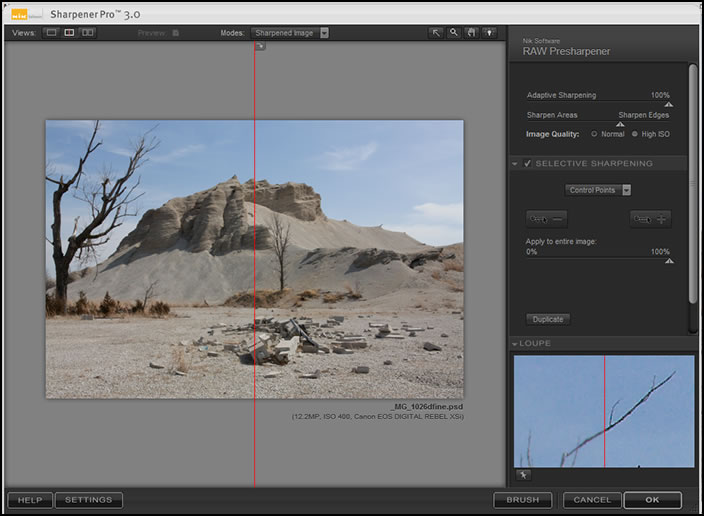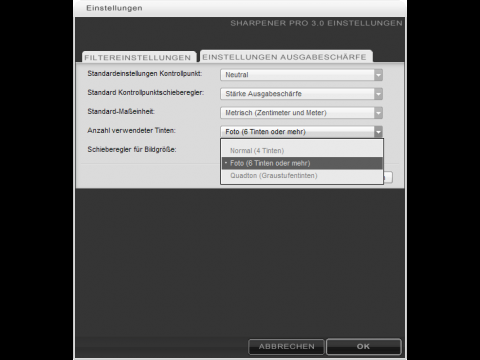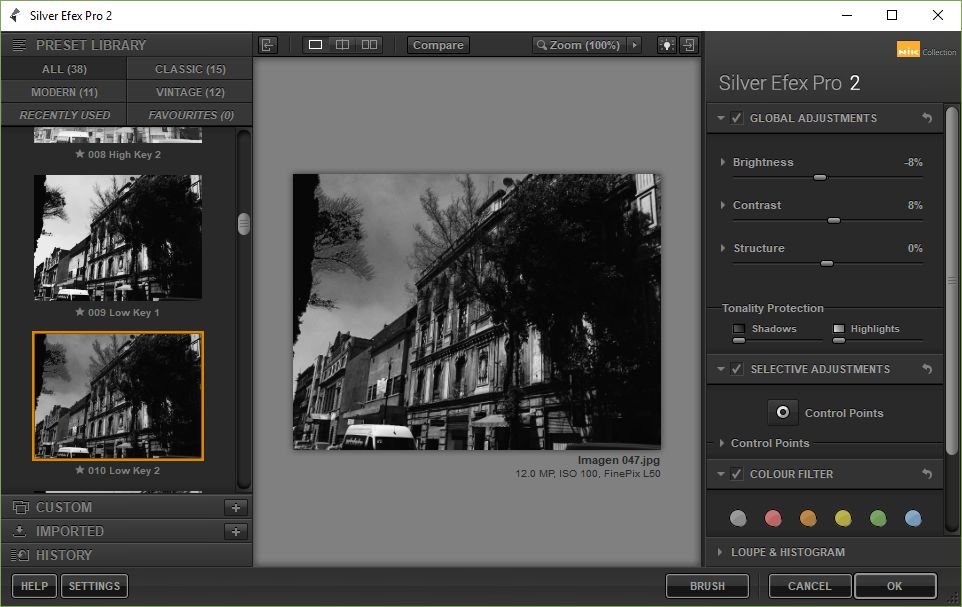


It also helps to add a feeling of depth to the image. This helps to emphasise the fine details in the photo. If you don’t, the resizing can reduce or exaggerate the sharpening effect depending on if you’re or increasing or reducing the image size.Ĭreative sharpening’s applied selectively, and the sharpening routines used are stronger than in Capture Sharpening.

Importantly, if you’re going to be resizing your image, it’s applied after the resizing. It’s used as a final step in the processing of the image. You apply creative sharpening after adjustments to improve colour, tone or add special effects. For example, if you were sharpening a portrait, you might apply additional sharpening to the subject’s eyes to make them more prominent. In the Creative Sharpening stage, you apply sharpening selectively to enhance more important features in the photo. You can see an example using the Nik Sharpener Pro RAW Presharpener in the video below. Don’t use it to make the details of the image pop, just remove any softness in the fine details.Īlthough you will apply a level of capture sharpening globally, you might apply additional sharpening to some areas or reduce it in others. The aim is to remove any softness in the image resulting from the image capture. It’s applied at the start of processing before making significant adjustment to the image, using the Nik RAW Presharpener. You apply this at low levels to avoid exaggerating noise. Stage 1, Capture SharpeningĬapture Sharpening sharpens the fine detail in the image. This is the model that Nik Sharpener Pro follows. The best way to apply sharpening is in three stages each with a different purpose and each performed in a different way. Whilst there’s a grain of truth in this, the advice has become distorted over time. Three Stage SharpeningĪ common misconception about sharpening is that you apply it once, as a final stage in image processing. To understand this, you first need to understand the three-stage sharpening model. The reason for the two versions of the software is that they work differently, and you apply them at different points in the workflow. Why is there a RAW Presharpener and an Output Sharpener? More importantly, when to use each? Something that causes problems for a lot of Nik Sharpener Pro users are the two versions of the software.


 0 kommentar(er)
0 kommentar(er)
